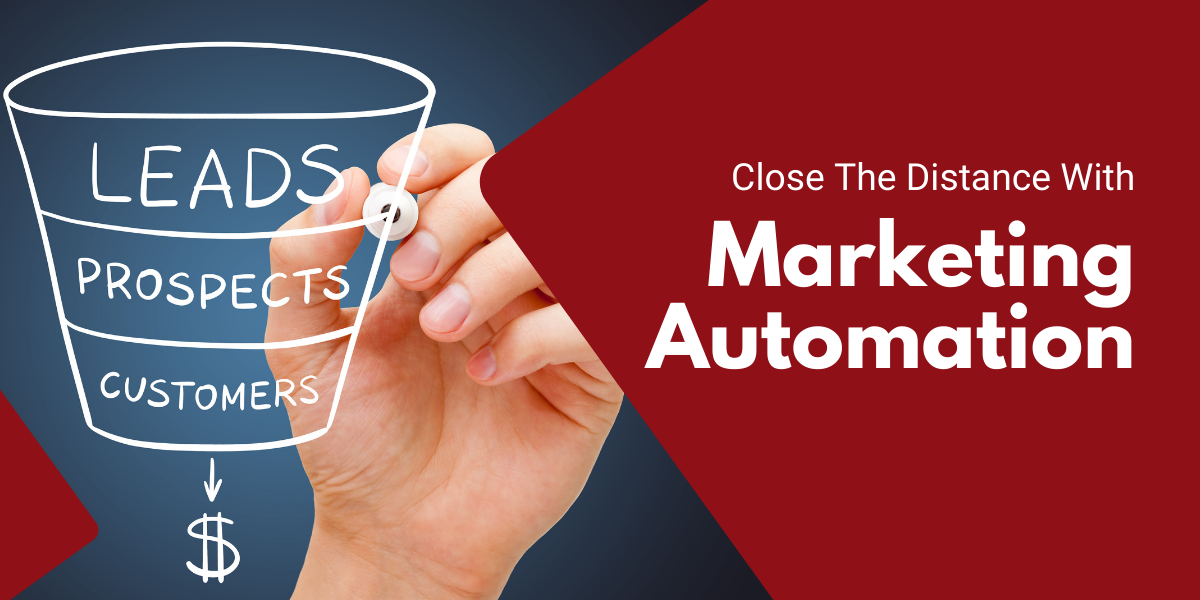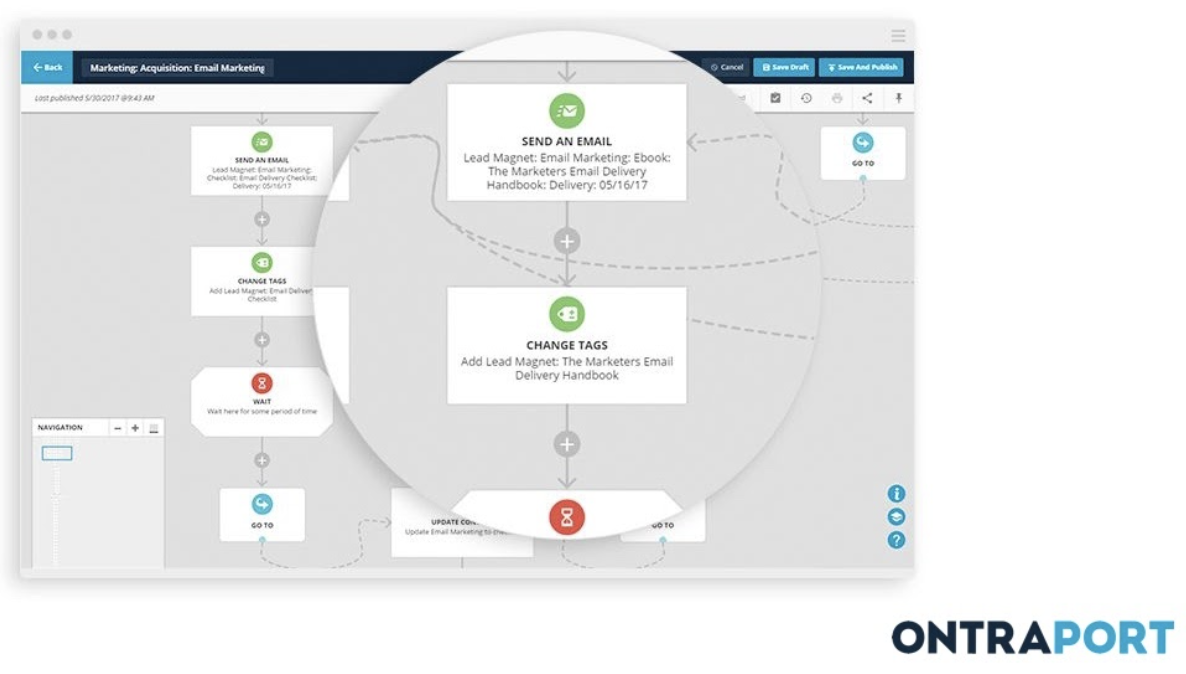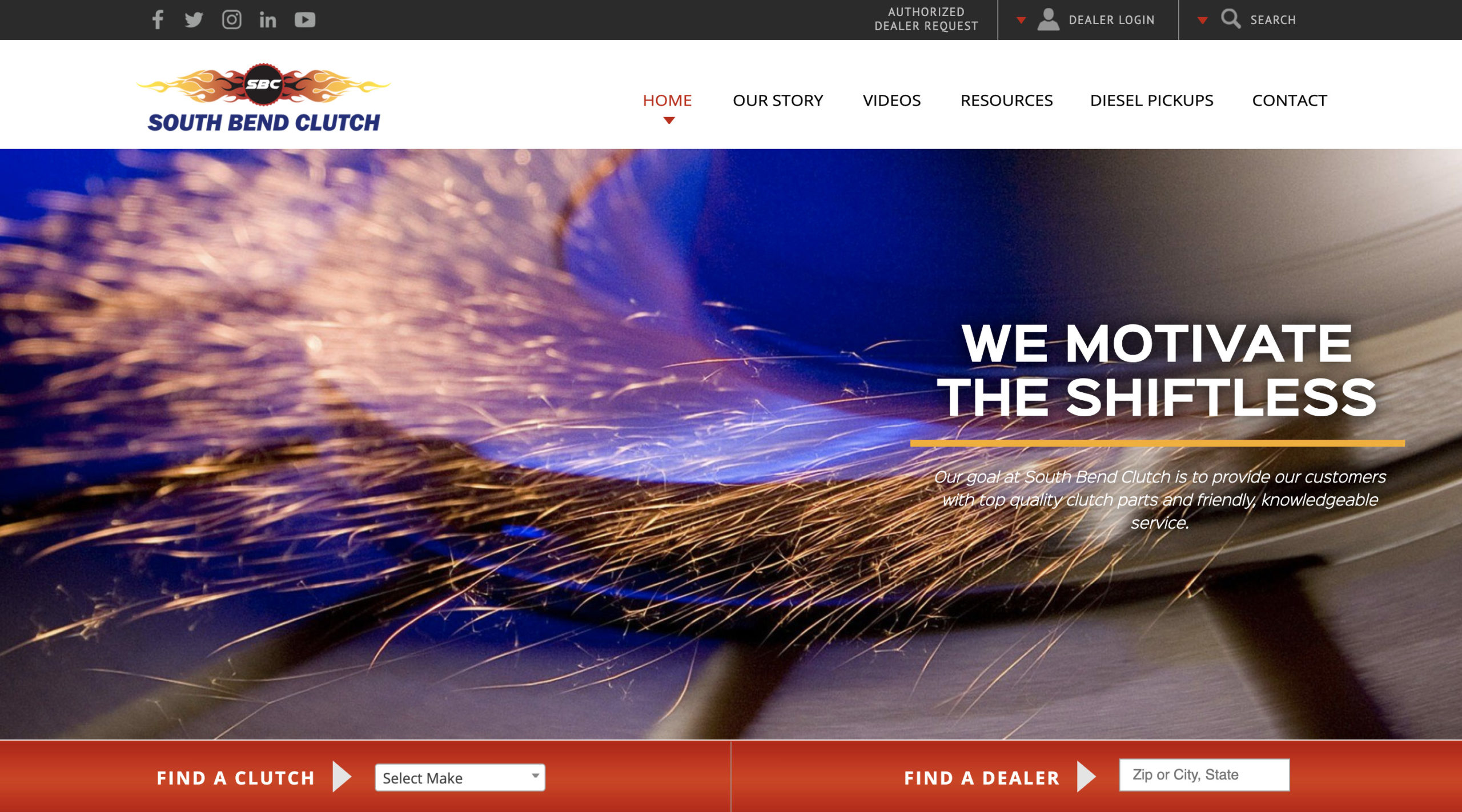
In bringing a valuable product or service to the marketplace, how you engage with your consumer matters. As a result of Covid-19, it has become increasingly difficult to interact via face-to-face communication. Fortunately, the advancement of marketing automation technologies has come to the rescue for thousands of CEOs across the globe. Marketing automation is a key proponent in gaining reach and developing prosperous relationships between digitally-enabled consumers and businesses. From social media platforms to search engines, the prevalence of digital engagement is potent. A 2020 Global Consumer Survey suggests that approximately 59 percent of the global population were active internet users. Notably, mobile users accounted for 91 percent of total internet users. As a result, the development of digitized consumption has made a significant contribution to how industry leaders do business.
What is Marketing Automation?
Marketing automation is the software that systematizes actions of a digital campaign, sends automated communications, and measures performance across multiple media channels. Sales and marketing platforms, like ONTRAPORT, allow businesses to integrate their CRM. As a result, this technology enables companies to deliver relevant marketing communications to the right people at the right times. By anticipating the outcome and mapping the customer journey, marketing automation opens up a window of opportunity. Subsequently, delivering more personalized, content-driven experiences.
Investing in the proper automation infrastructure has liberated companies to manage marketing processes and multifunctional campaigns with ease. From streamlining the lead qualification processes to simplifying internal workflows, marketing automation is designed to scale alongside your business. In this blog, you will gain insights on how we use marketing automation to improve operational efficiency and grow revenue faster.
The Power of Marketing Automation
Below are examples of how we use marketing automation strategies to enrich the lives of our clients.
Email Marketing Campaigns
Withstanding the test of time, email marketing is an essential channel for generating traffic, nurturing your leads, and improving conversions. Effectively qualifying leads is a layered and complex process that, without marketing automation, can be extremely time-consuming. Fortunately, having a robust automation system allows tracking the engagement of your leads. In addition, it enables companies to send series of strategically timed lead nurture content to their database of leads. Of course, not every prospect that opts into your list becomes a lead overnight. Without proper follow-up, your leads could become cold and vulnerable to competitors. Despite this, re-engagement campaigns make it possible to send personalized messages to segments of your lists until they’re ready to buy.
Systemizing and automating the customer onboarding process through targeted email campaigns is a favorable occasion to set the tone of the relationship. Fortunately, email marketing helps to remove the time-consuming manual work it takes to create remarkable customer experiences. From the time a lead enters your marketing funnel, the possibilities are endless. Simultaneously automate appointment reminders, send holiday promotions, and craft emails with ease using marketing automation strategies.
Recently, we were hired to develop an automated email sequence for our friends at Libart USA. To begin, we mapped the buyer journey and created educational content. From there, we built landing pages and automated the process using ONTRAPORT. Once the visitor filled out a ‘Good Faith Estimate’ form on their Pricing page, the user was added to Libart’s sales funnel. After being added as a contact, they were tagged and sent into an email sequence. Then, automatic triggers deliver a series of emails that included educational resources as value-add content (also known as Lead Magnets). In addition, we created a lead score and routing system. Based on a leads action or inaction, they were automatically given a quality score. Consequently, the more actions taken by a particular lead, the higher the quality score.

SEO-Optimized Landing Pages
When it comes to improving conversions, sending consumers to your website’s homepage isn’t going to cut it. Landing pages, on the other hand, are goal-oriented pages that are designed to persuade visitors to take a particular action. A landing page is where a visitor “lands” after clicking on a digital advertisement, a link in an email campaign. or an organic search result. Strategically-designed landing pages help to accelerate your lead generating strategy and boost conversion by creatively promoting a particular product or service. After a visitor completes your landing page form, the leads information then becomes captured and sent directly to your CRM platform. From there, you can use marketing analytics to track leads, launch targeted follow-up campaigns, and send automated tasks to your sales team.
Stoett Industries underwent a strategic repositioning in 2020, we developed an integrated marketing campaign to help spread their message. In the case of Stoett’s ‘Make The Most of Your Outdoors’ campaign, we used landing pages to capture leads and nurture them throughout the customer lifecycle. Furthermore, we used tools like SEMRush and Yoast SEO to optimize their landing page with high-performing keywords and keyphrases.

Business Process Automation (BPA)
Automating internal tasks and business processes empowers your employees with the resources they need to enhance the efficiency of their workflow. Consequently, when employees are bogged down with time-consuming paperwork, tedious tasks and disorganized processes, it’s difficult to sustain enthusiasm. Business process automation enables employees to focus on aspects of the business that require creativity, critical thinking, communication, and collaboration. Depending on the outcome of a task, you can deliver reports, trigger task notifications, and send emails to the appropriate people at the appropriate time. To begin, document your processes step-by-step. Then, let marketing automation take the weight off your shoulders.
Specifically, tools like Zapier makes it incredibly easy to communicate with other web applications that help move your organization forward. For example, we created an automated system for LOOK Trailers to integrate their dealer locator database with their website and CRM. Accordingly, we developed a dealer portal for LGS Industries, INC. to ensure dealers had access product literature, videos, and digital assets. Additionally, take a look at South Bend Clutch’s dealer portal. We designed it so that visitors could ‘Find A Dealer’ or a particular product based their vehicle make. Equally important, we used marketing automation to manage electronic agreements with Docusign. Then, we setup web integrations to automatically populate authorized dealers to South Bend Clutch’s dealer locator map.

In Conclusion
In short, leveraging marketing automation has become an indispensable tool in the arsenal of many marketers and entrepreneurs. As the result of consumption becoming more dependent on digital communications, the urgency for companies to adapt is here and now. If you’re ready to take the next step on developing or refining your marketing automation system, let us know how we can help!
